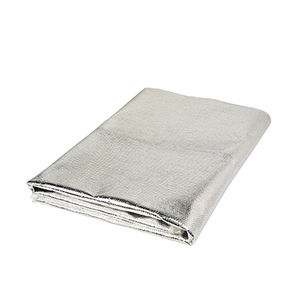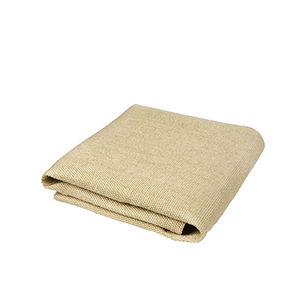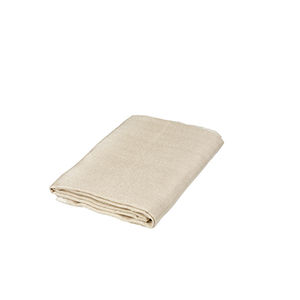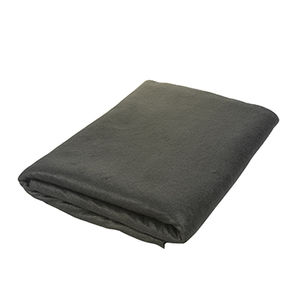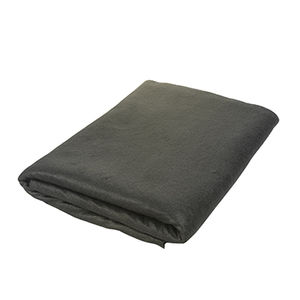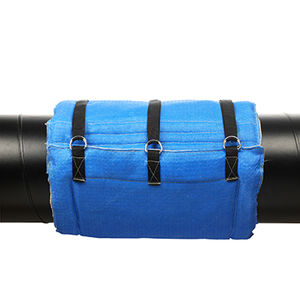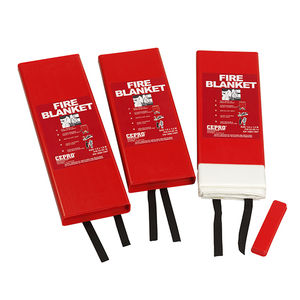
Welding blanket Apollo


Add to favorites
Compare this product
Characteristics
- Temperature
550 °C, 600 °C
(1,022 °F, 1,112 °F)
Description
Apollo welding blanket
● Fibreglass cloth (filament)
● 1 sided PU-coating
● Temperature resistance 550°C
● Peak temperature approx. 600°C
● Light welding and grinding work
● Material weight 460 gram/m².
Description
Apollo is a Glas-Filament-Fabric with a grey, fire-retardant PU-coating on one side with aluminium pigments to increase the antislip properties and resistance to fraying. The maximum application temperature is 550 °C, shortly up to 600°C. Apollo is recommended for vertical use, for example as a welding and grinding curtain. Apollo is free of asbestos.
Technical Information
CEPRO recommends the use of multiple layers for maximum protection.
Always use welding blankets at an angle of at least 15 degrees.
The temperatures shown are only an indication.
The suitability of the selected product should always be tested beforehand.
Regularly check welding blankets for tears and or other damage.
Replace damaged blankets where necessary.
Welding blankets can be used for many purposes and therefore, no guarantee can be given on their use.
The end user is responsible for determining whether the welding blanket is suitable for use in a specific situation and whether it offers sufficient protection during the work to be performed.
CEPRO welding blankets are sewn on the cut edges with best quality Kevlar thread.
Custom-made Welding Blankets
The specifications for custom-made welding blankets are:
Sewn on the cut edges.
Minimum size available is 1m².
Maximum size available is 15m².
The minimum length per side is 100cm.
Welding blankets are made with 5cm tolerance on the provided measurements
Custom-made welding blankets are not returnable
Catalogs
Cepro catalogue 2020 - English
72 Pages
*Prices are pre-tax. They exclude delivery charges and customs duties and do not include additional charges for installation or activation options. Prices are indicative only and may vary by country, with changes to the cost of raw materials and exchange rates.



